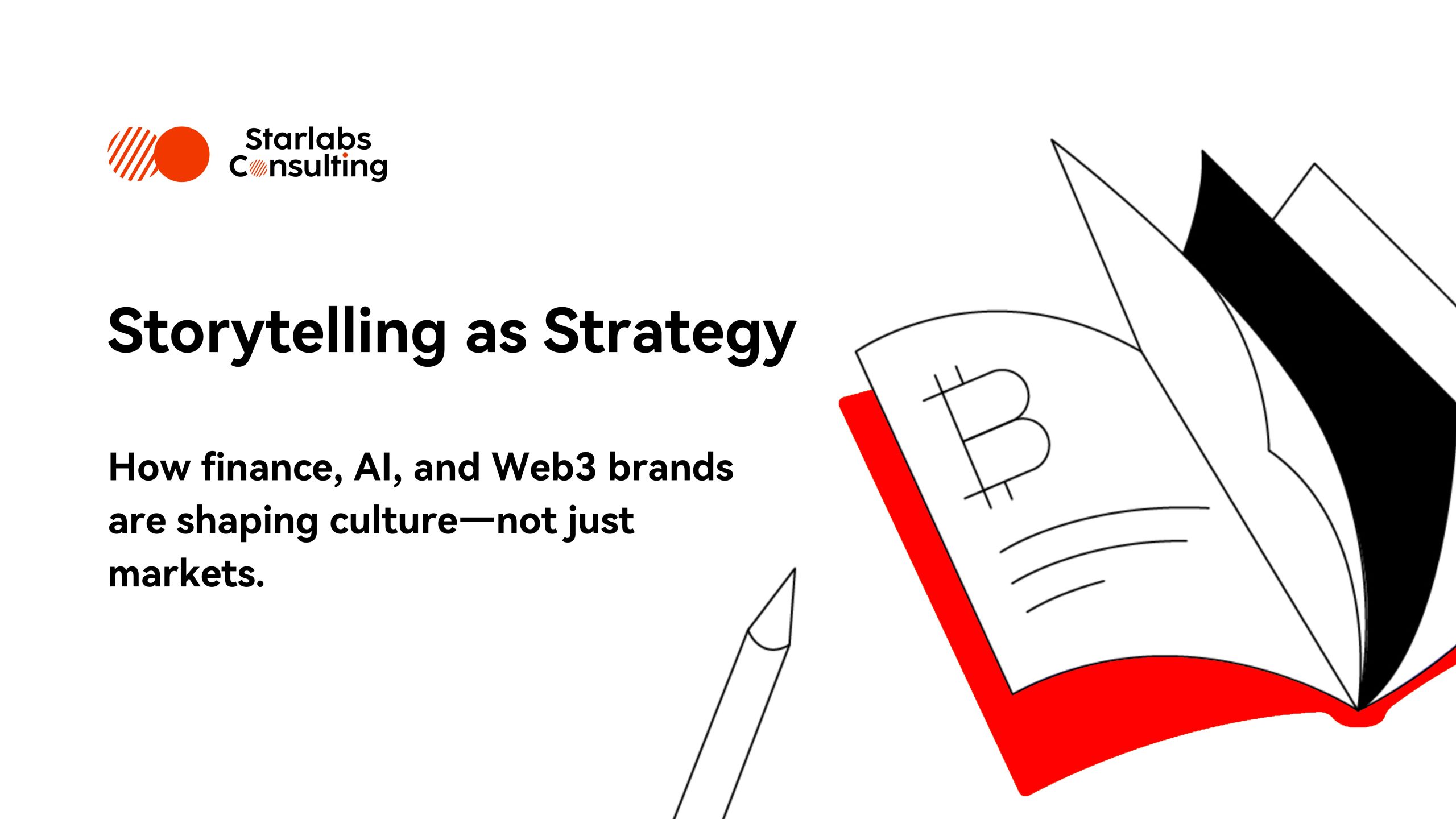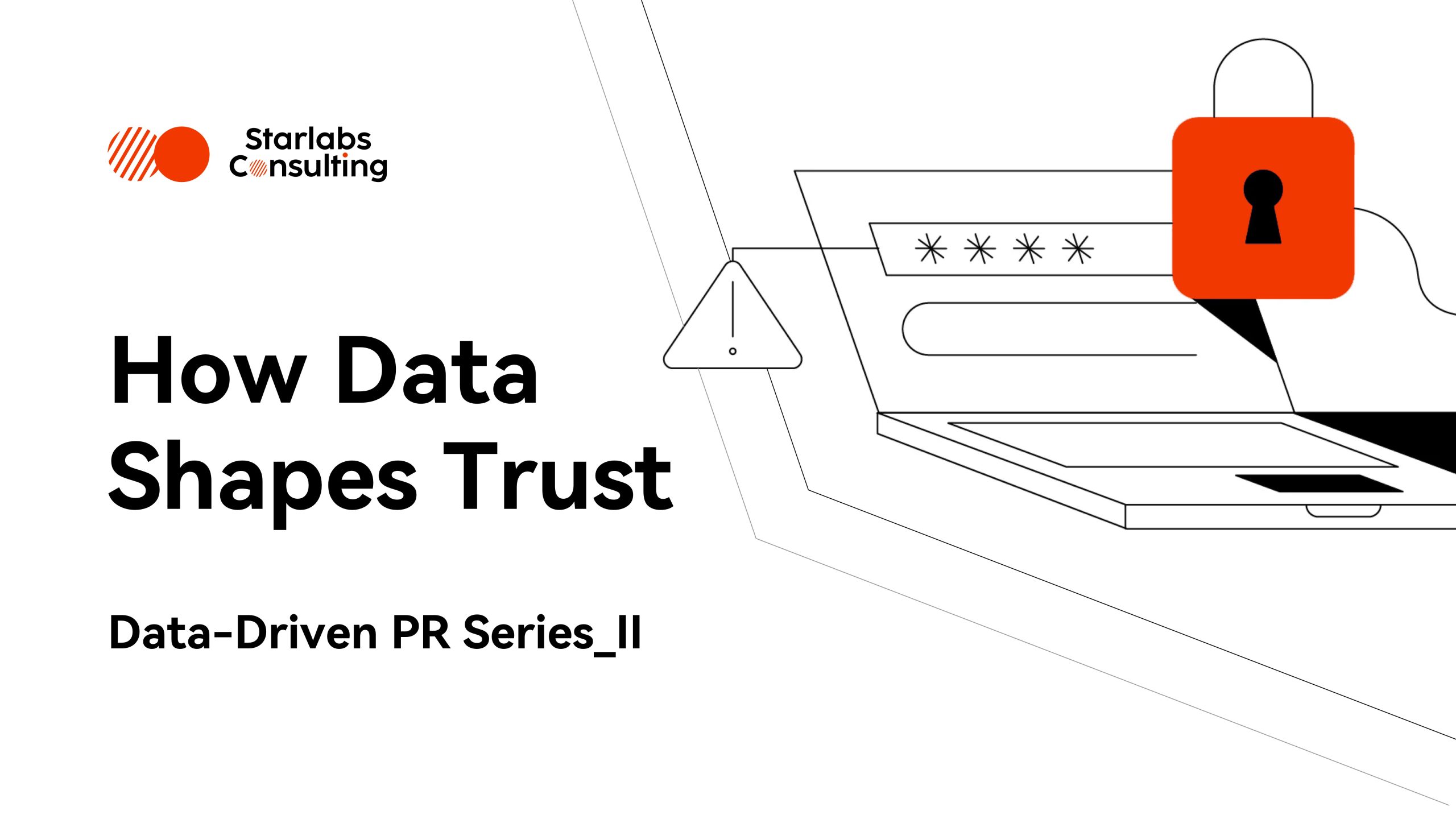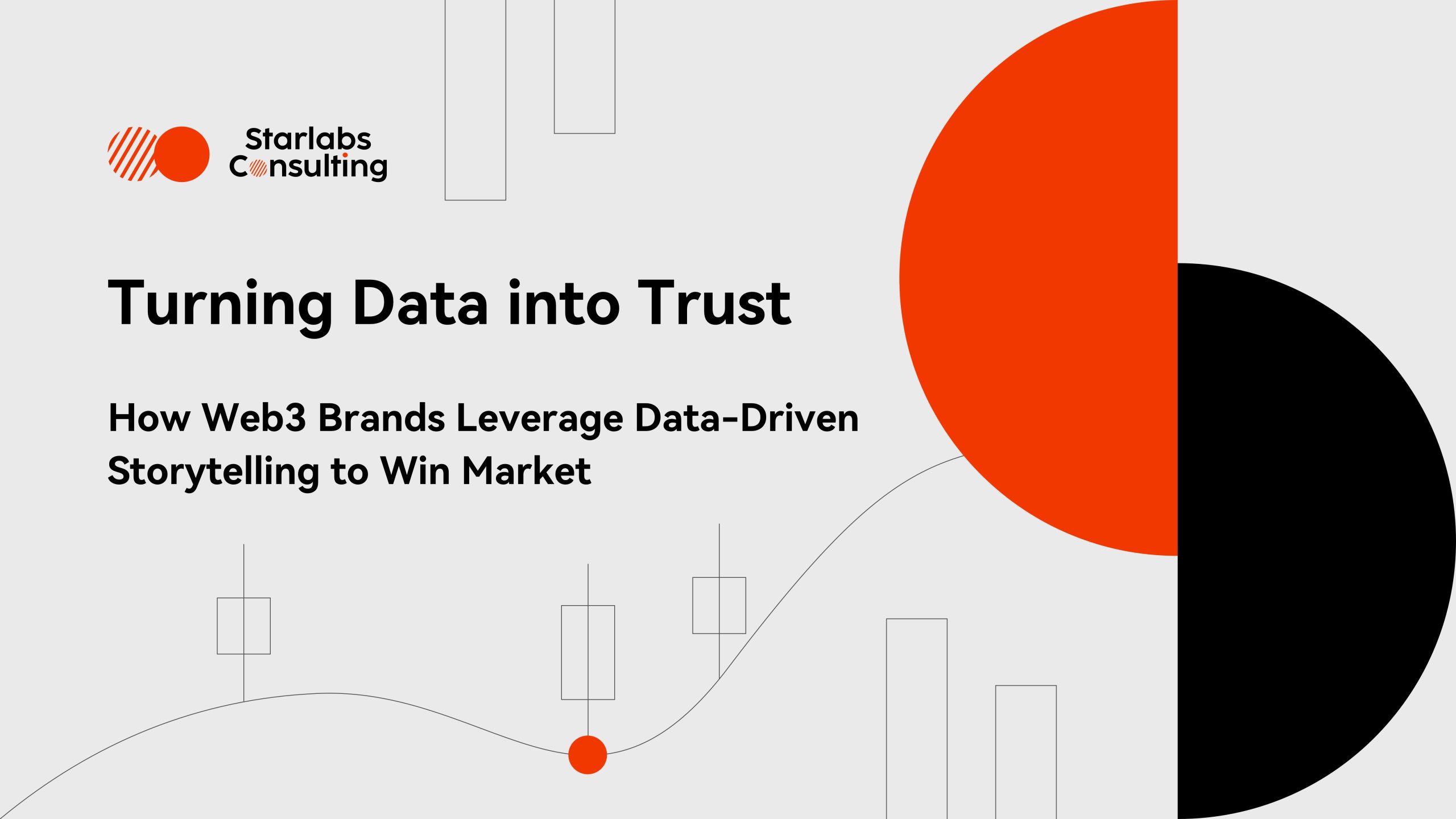
When Storytelling Becomes Strategy: How Brands Build Cultural Connection
In today’s crowded marketplace, features and price points alone rarely define a company’s success. What endures are the stories that shape how people see a brand—and, more importantly, how they see themselves in relation to it. From Wall Street to Silicon Valley to the fast-evolving world of Web3, leading companies are no longer treating storytelling as a marketing accessory.
Instead, they are using it as a strategy: a way to build trust, mobilize communities, and embed themselves in culture.
Financial Services: Building Trust Through Story

Finance is built on trust, but numbers and balance sheets rarely inspire people. Leading firms have learned that stories can humanize an industry often seen as opaque or abstract.
- Goldman Sachs: Its “Progress Is Everyone’s Business” campaign positions the firm as more than an investment bank—framing it as a driver of entrepreneurship and innovation worldwide.
- Mastercard: With its enduring “Priceless” campaign, Mastercard transformed payments into something emotional: the joy of experiences that money can’t buy. The story has carried relevance across cultures and decades.
Starlabs Note: Financial institutions build lasting trust when they frame money as transformation, not transaction—helping people connect finance with their own progress stories.
Artificial Intelligence: Making Technology Human

AI companies face a unique duality: their products generate excitement but also anxiety. The strongest brands resolve this tension by focusing their stories on people, not just technology.
- OpenAI: By presenting AI as “a tool to extend human potential,” OpenAI makes responsible use and broad access central to its identity. The story is less about algorithms and more about enabling human creativity and productivity.
- NVIDIA: Once simply a chipmaker, NVIDIA now tells the story of being “the engine of the AI era.” Its narrative stretches far beyond hardware, spotlighting breakthroughs in medicine, science, and the arts that GPUs make possible.
Starlabs Note: The most resonant AI stories move from capability to catalyst—assuring society that innovation can drive progress while remaining human-centered.
Web3: Story as Community and Identity

Web3 lacks the institutional history of finance or technology. Its strength lies in stories that inspir belonging and collective belief.
- Ethereum: Marketed as “a decentralized world computer,” Ethereum’s story is less about code and more about values—creativity, collaboration, and self-sovereignty. This cultural positioning has attracted a global builder community.
- Coinbase: By positioning itself as the bridge to mainstream adoption—“bringing crypto to the masses”—Coinbase reframes crypto as financial inclusion, not just speculation. Its IPO roadshow emphasized transparency and trust, making its narrative resonate with both crypto-native and traditional finance audiences.
Starlabs Note: Web3 storytelling succeeds when it transforms protocols into movements and customers into communities—where owning a token also means sharing a belief.
Strategic Implications
Across industries, one pattern emerges: storytelling has become a strategic asset. Companies that lead in this space do three things consistently:
- Anchor in purpose: Stories tied to cultural or societal relevance have lasting power.
- Simplify the complex: Effective storytelling makes abstract or technical products human and relatable.
- Invite participation: Customers, users, and communities help co-create the story, reinforcing legitimacy.
Conclusion

The competition today is no longer only about product performance. It is about cultural resonance. Companies that recognize this shift—and deliberately use storytelling as strategy—do more than sell products. They shape how people connect, what communities believe, and even how culture evolves.
Whether in finance, AI, or Web3, the brands that endure treat storytelling as connection, not just communication. They don’t simply describe what they do; they demonstrate who they are, what they stand for, and why it matters.




